Trauma, healing, and history: we reflect on the first-ever Scar Free Foundation Annual Lecture
An evening exploring trauma’s hidden costs, and how reconstruction has changed for the better, led by expert psychiatrist Prof Simon Wessely

“Looking backwards is an essential part of looking forwards… surgeons have become more and more aware that it’s not just technique, but an understanding of the aesthetics of appearance, other aspects of representation which are very important – and just how much it benefits the patients themselves, the survivors themselves: the people who’ve been through all this”
Professor Sir Simon Wessely
Wednesday 22 October
On 21 October, we were honoured to welcome world-renowned psychiatrist and epidemiologist Professor Sir Simon Wessely as the speaker for our first-ever Scar Free Foundation Annual Lecture. Held at Apothecaries’ Hall, the evening brought together supporters, researchers, clinicians, and Ambassadors, for an inspiring talk exploring ‘the visible and invisible cost of trauma’.
Drawing on his pioneering work in mental health and trauma, Professor Wessely highlighted how scars are not only physical but can also be profoundly psychological, shaping identity, confidence, recovery, and lives. His insights resonated deeply with our community and research, underscoring the importance of treating trauma in its full complexity.
Simon’s talk was followed by a speech from Dr Hemani Modasia-Shah, a Scar Free Trustee and Ambassador. Simon as a psychiatrist, and Hemani as a GP with lived experience of scarring and trauma, both explored the physical and psychological impacts of scarring, and the processes that lead individuals to decide when “enough” medical intervention “is enough”.
Professor Wessely traced the history of surgical reconstruction from the First World War to the present day, highlighting key milestones and challenges along the way.
The discussion began with the pioneering work at East Grinstead Hospital, where early advances in reconstructive surgery transformed the lives of injured servicemen, and the remarkable contributions of Henry Tonks – both a surgeon and an artist – who helped bridge the gap between medicine and humanity through his detailed studies of facial reconstruction.
The talk then moved through more recent conflicts, including Iraq and Afghanistan, and touched on the ongoing realities faced in Ukraine, where the inability to evacuate casualties within the “golden hour” poses a critical barrier to survival and recovery.
Looking to the future, Simon excitedly detailed the promise and hope to end scarring through Scar Free research such as Bristol Wound Healing, a project looking at zebrafish, their scarless healing, and whether this gene can be ‘knocked off’ in humans.
By exploring the complex question of when individuals feel they have had “enough” reconstructive or preventative surgery, Simon’s talk highlighted a deeply personal decision that resonated strongly with our Ambassadors, trustees, experts, and ex-military audience members alike – many of whom could empathise with the physical and emotional toll behind such choices.
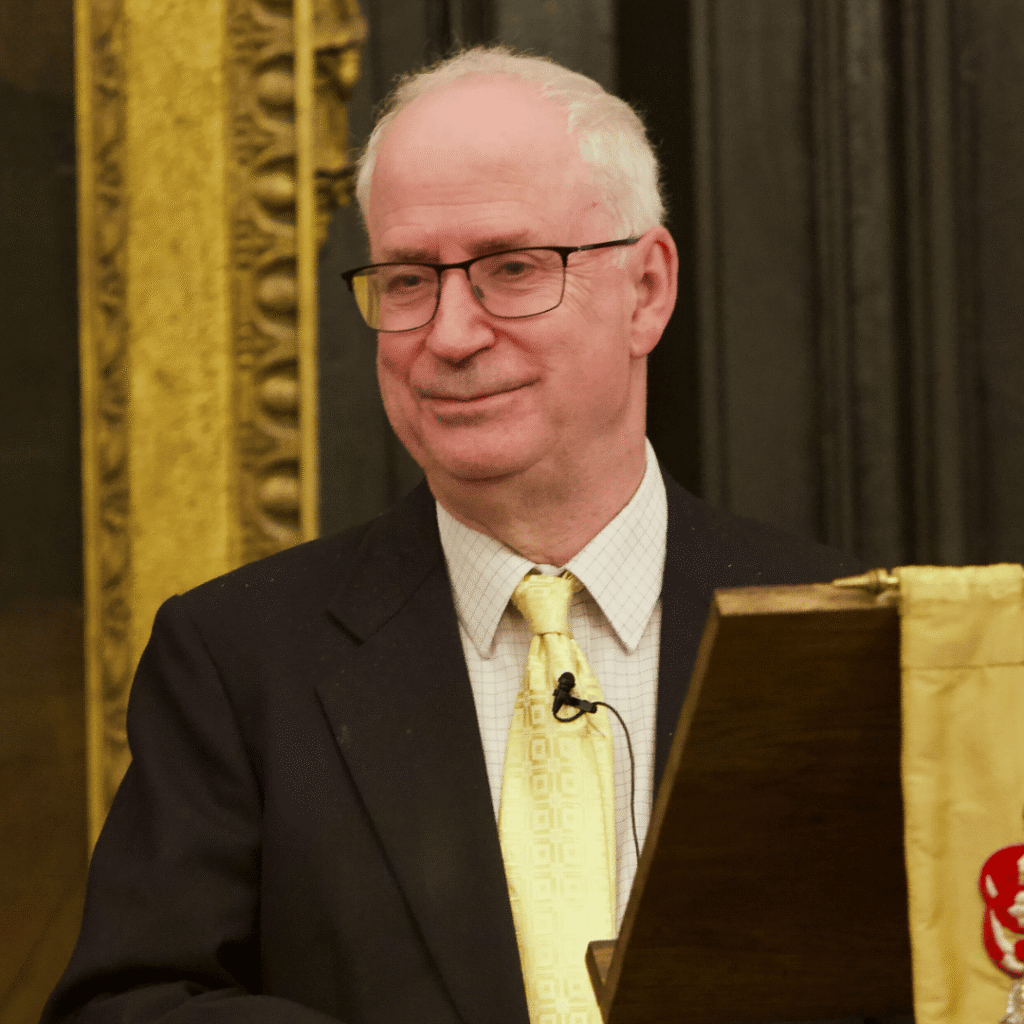
“It’s literally impossible to explain to you all the emotional turmoil scarring has had on me, my family, my sons, my brothers, my husband. Just the other day I heard my five year old explaining to his friend why Mummy’s ear seemed to be coming off. It’s a prosthetic and it really needs to be replaced (it’s on the to do list)”
Dr Hemani Modasia-Shah, Scar Free Trustee and Ambassador
Following the lecture’s overview of reconstructive surgery, Hemani took the floor. She brought the academic and historical discussion into sharp, lived reality when she addressed Simon’s talk, saying she could pinpoint exactly when she had “had enough” of further surgery.
She shared how, at just 18 months old, a candle set her pyjamas alight, leaving her with life-changing burns. Thanks to skilled surgeons and advances in medical science, she survived, but the operations, pain, and challenges of keloid scarring persist. At one point, Hemani decided she’d had enough surgery. Her decision to decline further reconstructive or “preventative” surgery resonated powerfully with everyone in the room – Ambassadors, trustees, experts, ex-military alike – because it embodied a central tension: the cost, physical and emotional, of continual repair.
Yet things changed during her second pregnancy: Hemani’s abdomen wouldn’t stretch as her baby grew. She detailed having “laser and microneedling and all of this stuff that I promised I would not be doing just so that I could grow my baby” and she is unable to breastfeed on one side because of the scarring on her chest. The audience was visibly moved when she spoke of her young son explaining to a friend why “Mummy’s ear seems to be coming off”, a moment that captured the everyday realities of living with visible difference.
Hemani’s overview of Scar Free-funded research, from 3D bioprinting, to supporting surgeons and survivors worldwide, gave a glimpse into a future where people’s stories of survival no longer have to include pain or repeated surgery.
She ended on a characteristically brave note: announcing her plan to skydive from 12,000 feet to raise funds for the Foundation’s groundbreaking research. As she invited the audience to support her leap, it was clear her message had landed: scars tell stories, but with enough support, the next generation may not have to bear them at all.
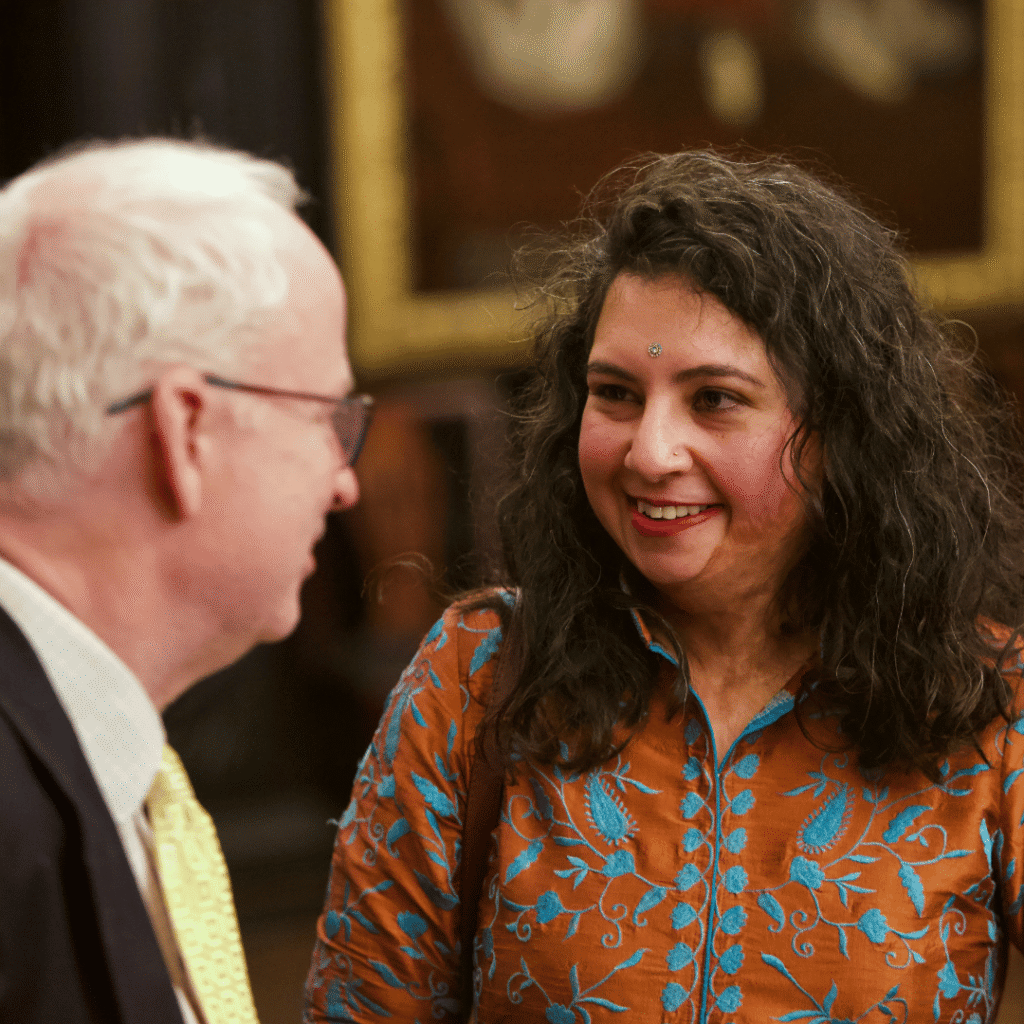
We’re so grateful to PolyNovo, our generous sponsors, for enabling us not only to host our inaugural Scar Free lecture, but also for bringing together our Scar Free community.
Last year, PolyNovo sponsored our two day Scar Free Foundation Symposium at The Royal Society, which saw researchers and experts from around the world forge new connections, share expertise, and kickstart research collaborations (more on that this December…)
Thank you, PolyNovo, for making our first-ever lecture and Symposium possible!
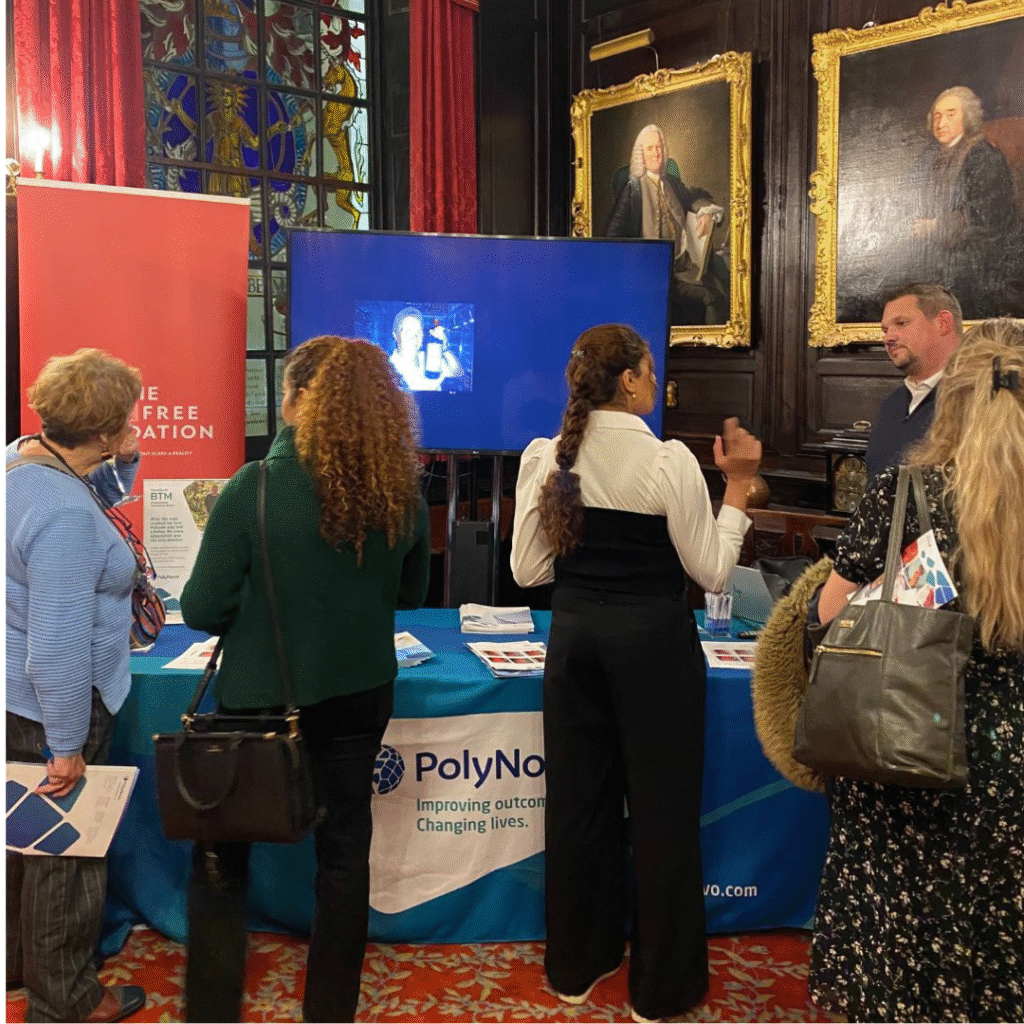
Professor Wessely’s lecture set the tone for what will become a signature moment in our calendar – a space where bold ideas and compassionate practice meet to advance our shared mission: a world without scarring.
We are driven by patient need. Five million people live with a life-changing scars in the UK, along with all the physical and emotional impacts that come with them. Our psychological research into visible difference has delivered tools to help both civilians and veterans.
Thank you to everyone who joined us for such a memorable evening. See you at the 2026 lecture!
News and views
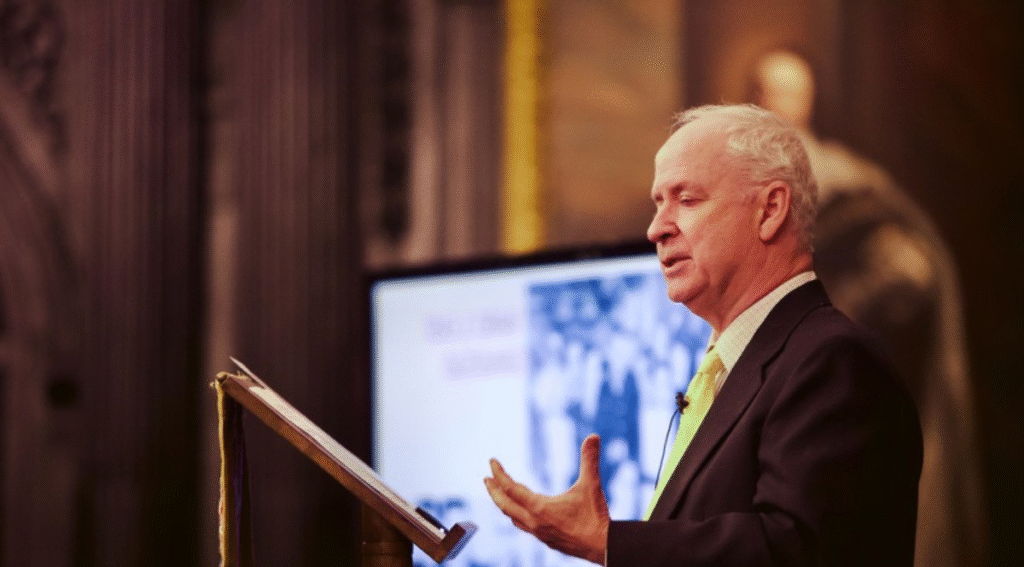
Trauma, healing, and history: we reflect on the first-ever Scar Free Foundation Annual Lecture
An evening exploring trauma’s hidden costs, and how reconstruction has changed for the better, led by expert psychiatrist Prof Simon Wessely
Find out more
SafeTea relaunched following rise in hot drink burns among children
New SafeTea campaign to mark National Burns Awareness Day 2025 aims to reinvigorate awareness, prevention, and first aid after worrying data from Children’s Burns Trust and the International Burn Injury Database
Find out more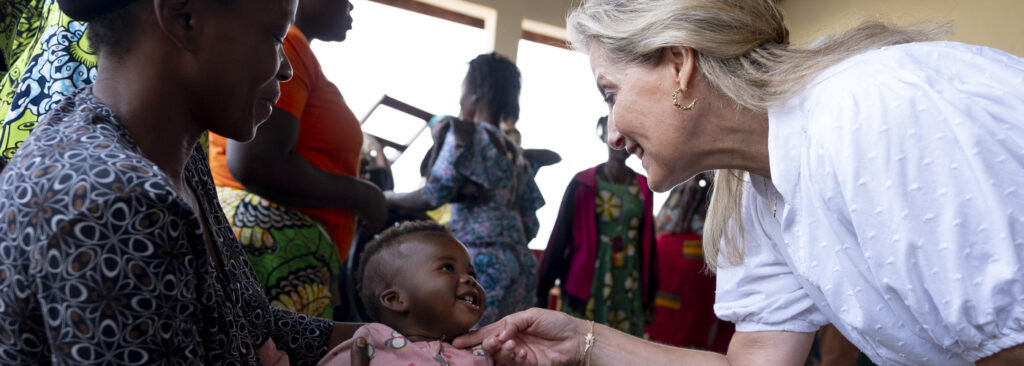
Scar Free Royal Patron and Chief Investigator SPARC further support for conflict-related sexual violence survivors
HRH The Duchess of Edinburgh and Professor Iain Whitaker OBE are back at Panzi Hospital to advance work on the SPARC project, supporting survivors of conflict-related sexual violence 📸 Aaron Chown, Chief Royal Photographer at PA
Find out moreSo I hope I managed to convince you that looking backwards is an essential part of looking forwards,
and that there’s a kind of golden thread that emerges from the pioneering surgery of Gillies and McIndoe,
genius as both they were to modern advances coming from the work that Scar Free has founded and not imaginable in the time.
Gilles and McIndoe, of course, but also how surgeons have become more and more aware that it’s not just technique,
which they’re good at, but an understanding of the aesthetics of appearance and other ways of representing them that is very important.
And finally, just how Much benefit comes from the patients themselves, the survivors themselves,
the people who’ve been through all this, from the guinea pig club and what that did.